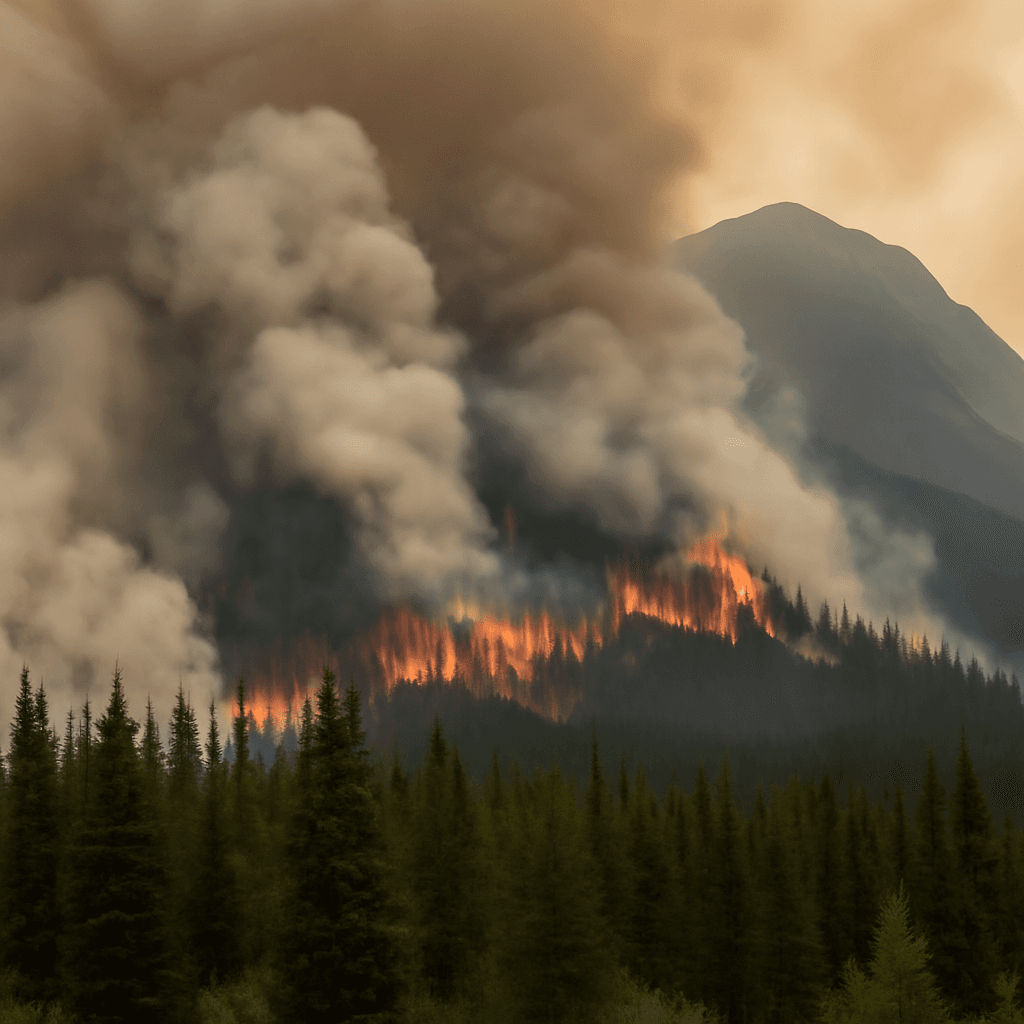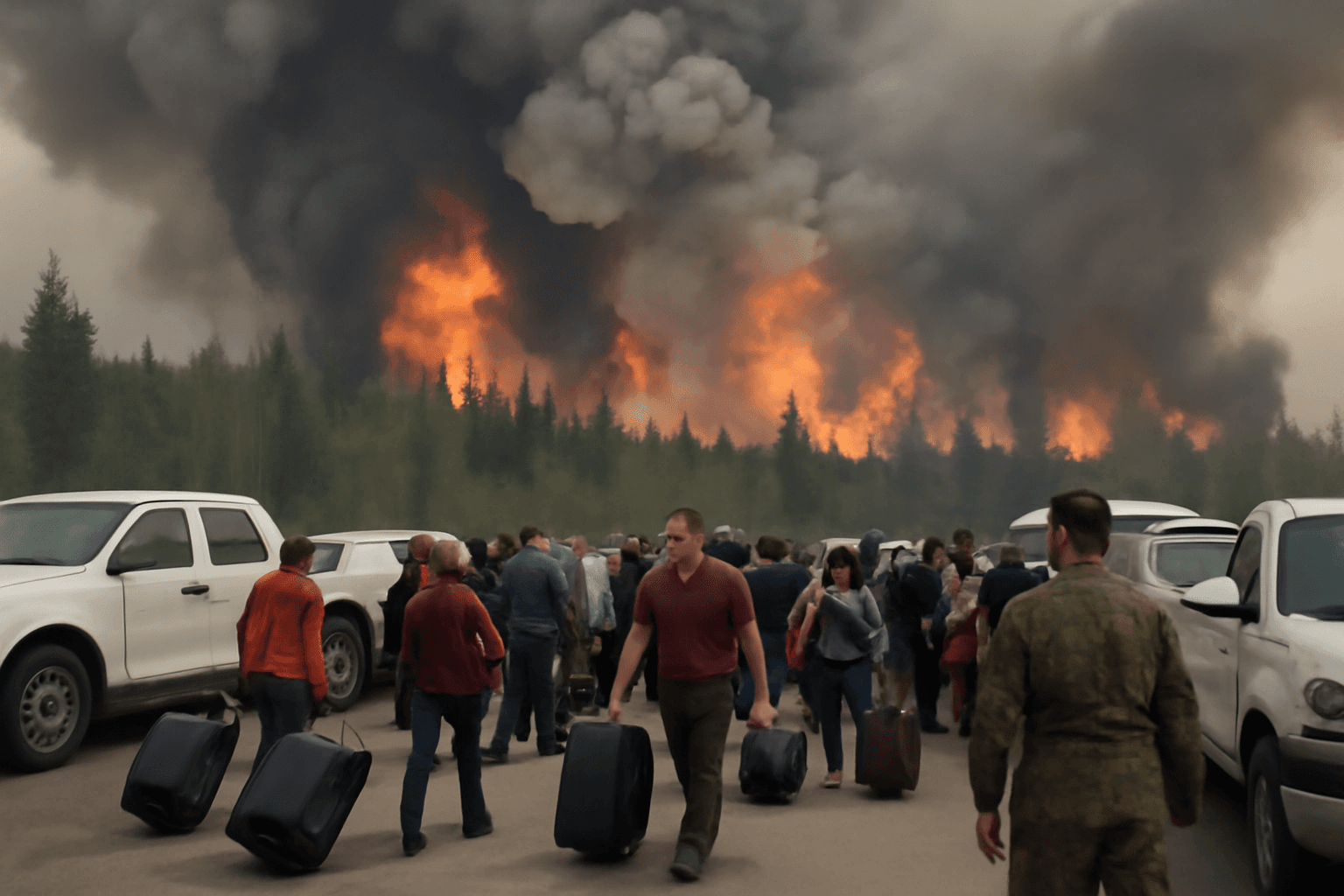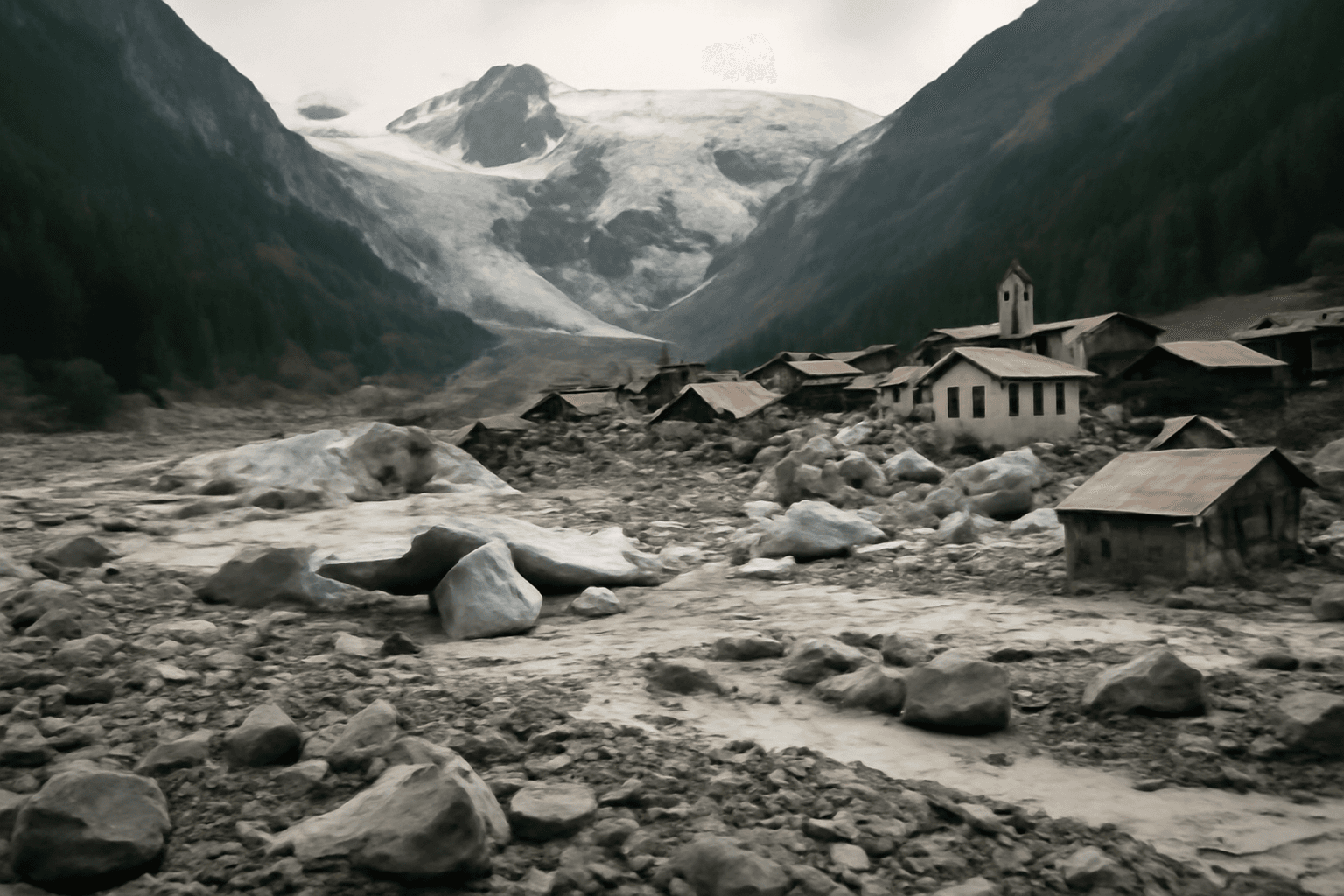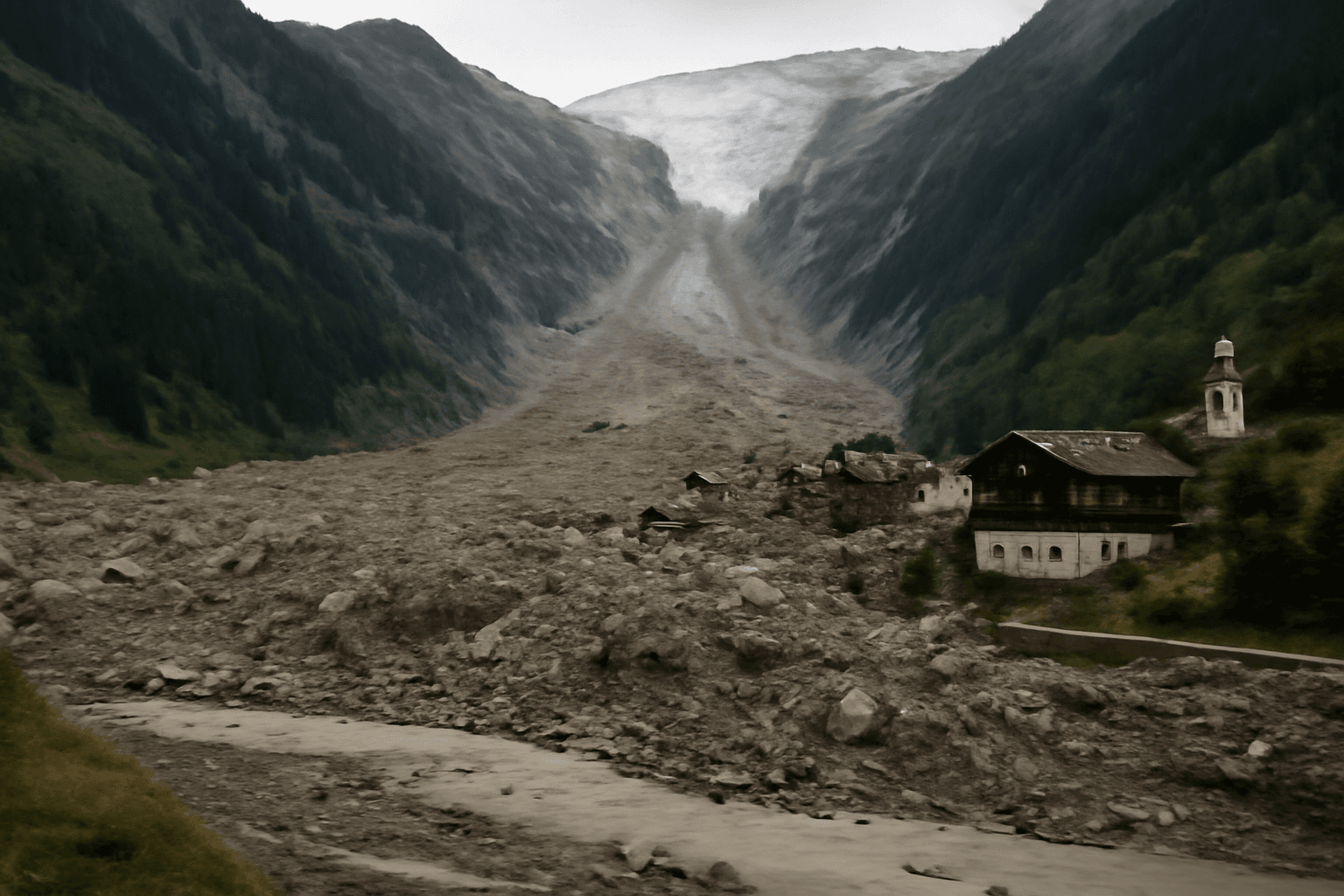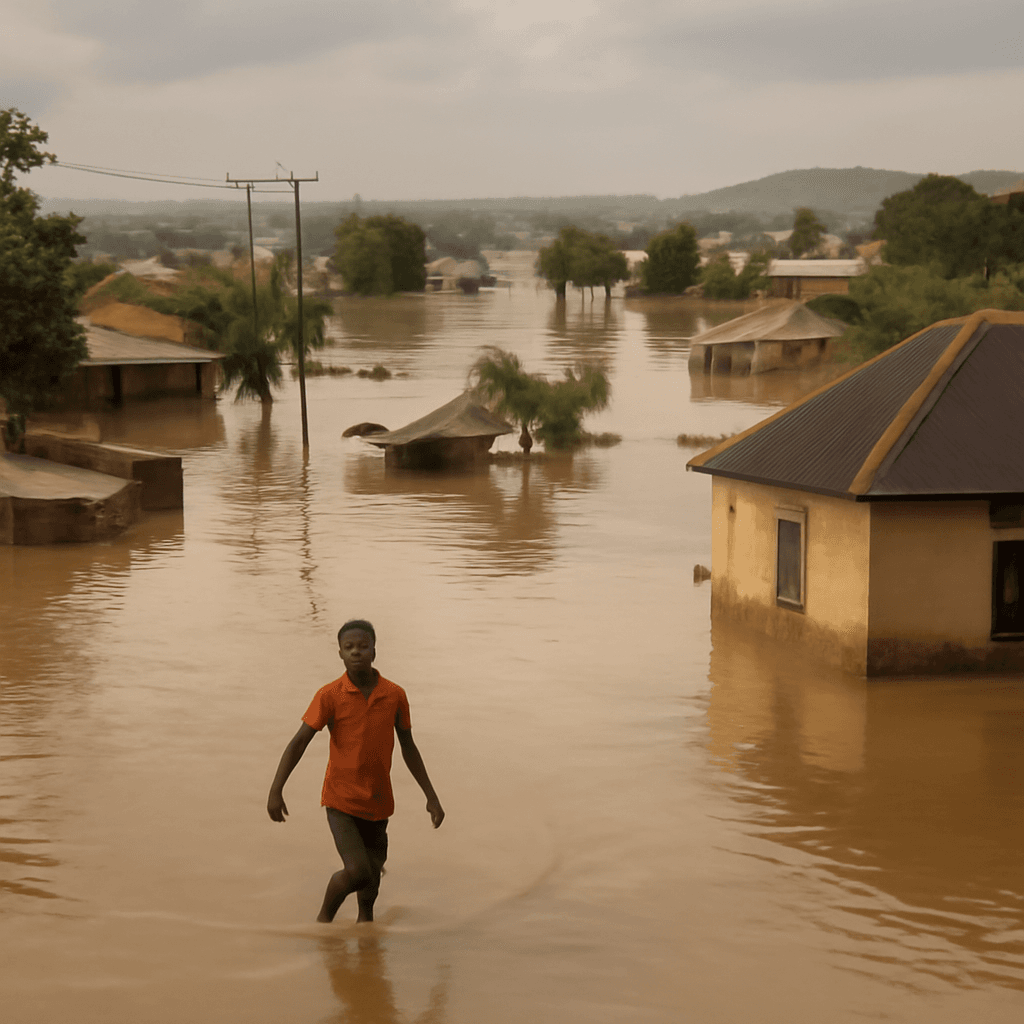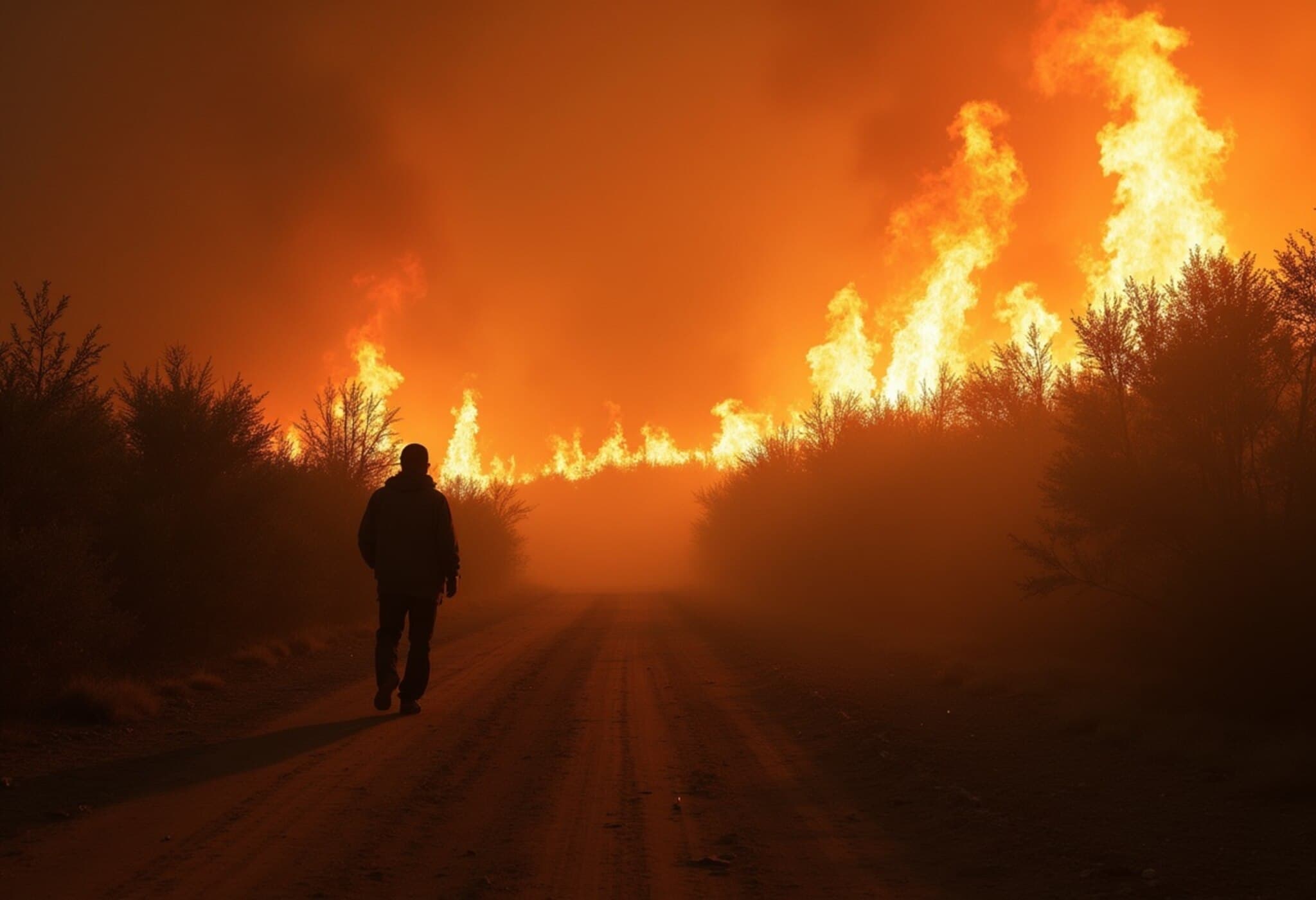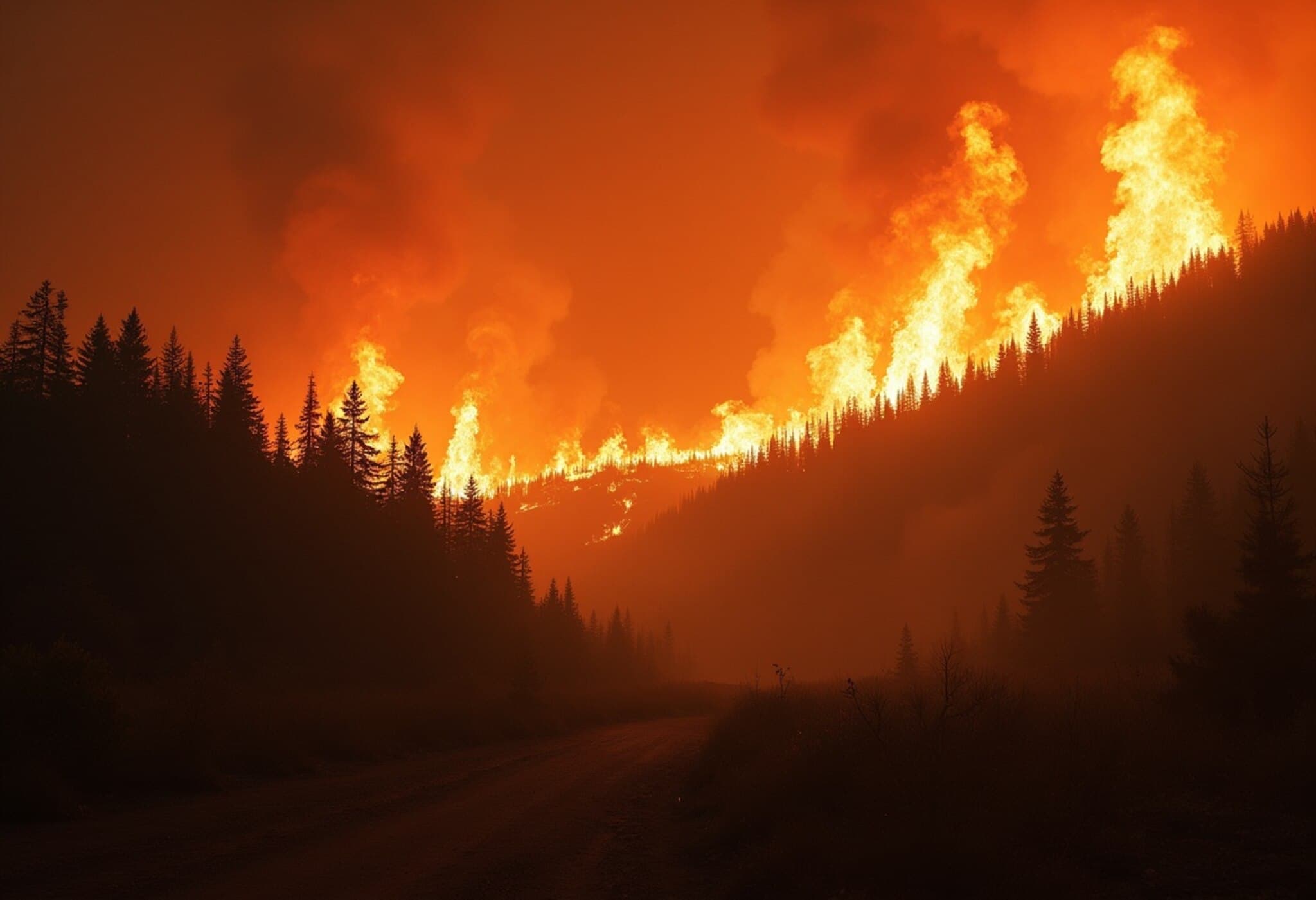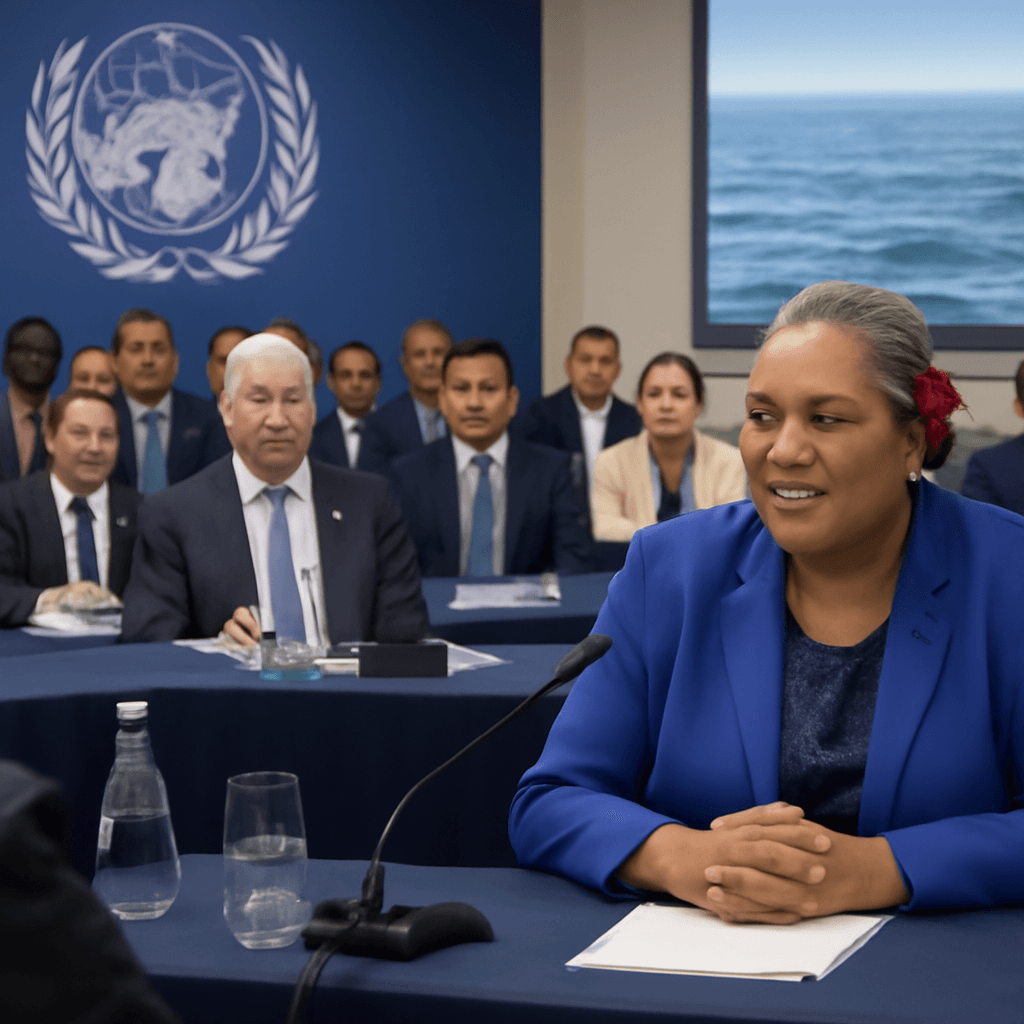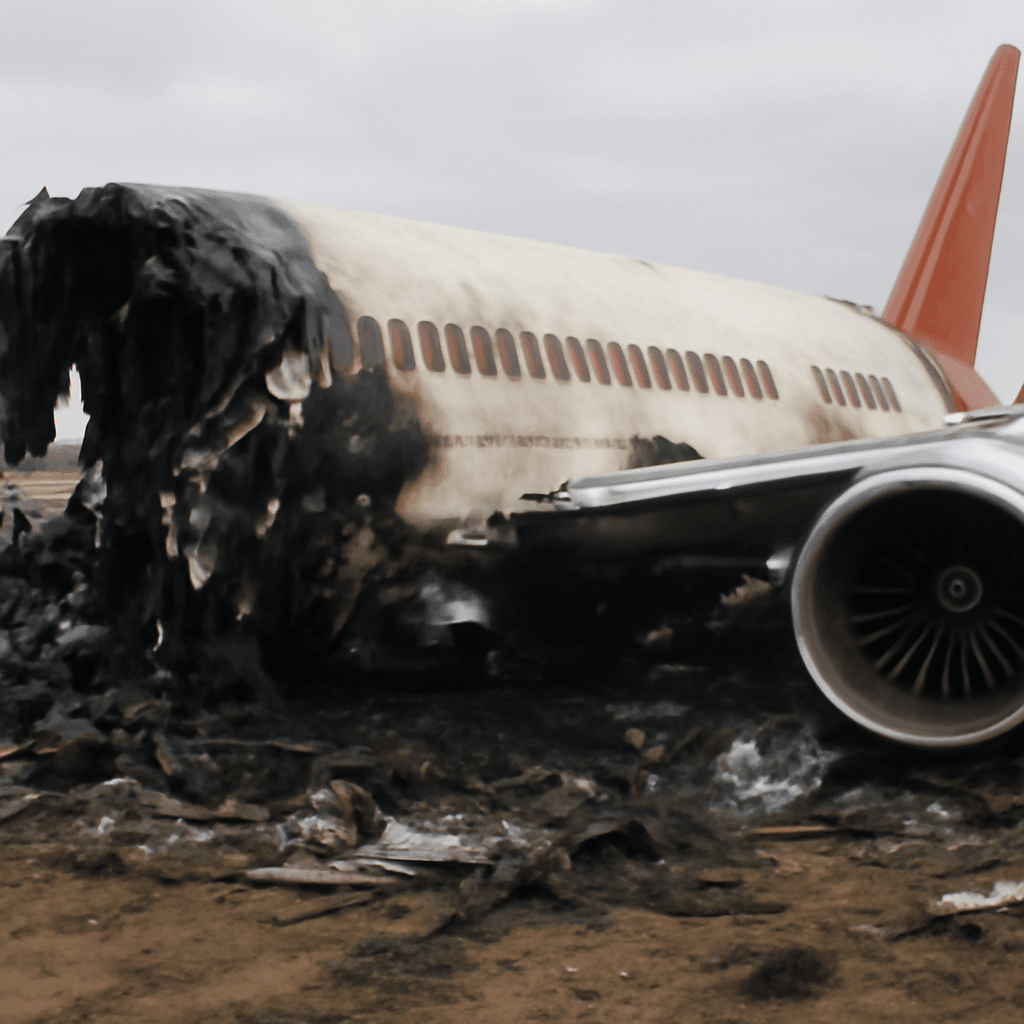Wildfire Smoke Clouds Outlook for G7 Summit in Alberta
As the Group of Seven leaders prepare to convene in Canada’s scenic Kananaskis region this Sunday, the gathering could be overshadowed by thick wildfire smoke. With numerous blazes raging across western Canada, air quality experts warn of rapidly shifting smoke conditions that could disrupt the summit's environment.
Western Canada Battles Record-Breaking Wildfires
Canada currently faces an intense wildfire season - the country’s second worst in decades. Officials report 225 active fires nationwide, with about 120 considered out of control. The worst-hit regions include British Columbia and northern Alberta, where vast stretches of forests continue to burn relentlessly.
So far, nearly 3.7 million hectares of land have been scorched, putting this year just behind last year's record-breaking fires. Despite some recent rainfall, it has proven insufficient to curb the widespread infernos. The consequences have forced tens of thousands to evacuate from affected communities across western Canada and northwestern Ontario, some transported by military aircraft for safety.
Air Quality Alert in Calgary: Close to the Summit Location
The Canadian government recently declared Calgary — the closest major city to Kananaskis — at high risk for declining air quality due to wildfire smoke. Experts emphasize that wind direction could swiftly change smoke patterns, potentially affecting the summit environment.
Although the Kananaskis area itself remains free from direct wildfire threats, forest fires elsewhere are sending plumes of smoke as far as the eastern United States' coastline. Such cross-border smoke transport underscores the scale and severity of the fires this season.
Safety Measures and Climate Change Links
In a precautionary briefing to G7 officials, federal authorities confirmed that contingency plans are in place to mitigate potential hazards during the summit, including wildfire smoke, tornadoes, and flooding risks. Meanwhile, the wildfire season has already claimed two lives, highlighting the human toll of this natural disaster.
Leaders and experts alike recognize that climate change is intensifying the wildfire threat in Canada. Warmer temperatures and prolonged dry spells create conditions ripe for widespread blazes, posing increasing challenges for emergency response and environmental management.
Looking Ahead
As the world’s most powerful nations gather amid a backdrop of environmental crisis, the Canadian wildfire season serves as a stark reminder of the urgent need for global climate action. While the Kananaskis summit retains its natural beauty, attendees and residents remain alert to the unpredictable nature of wildfire smoke and its potential impact.

